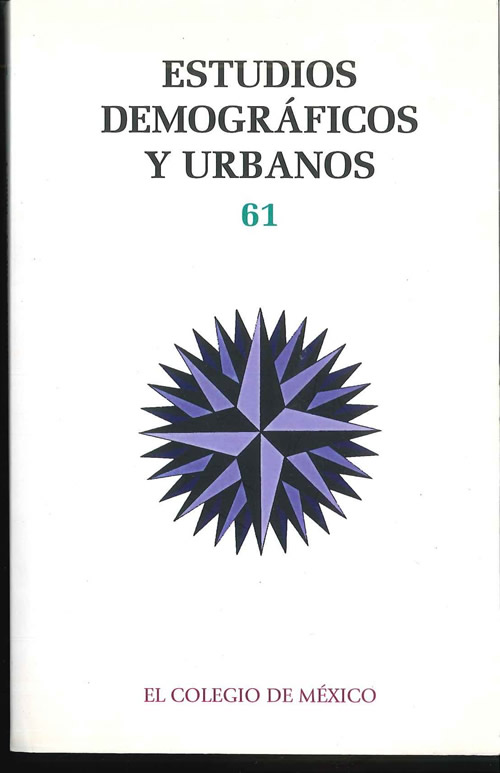Research articles
On the Spatial Distribution of Urban Electoral Processes and a Comparison between ols and sam Regression Techniques
Published 2006-01-01
Keywords
- electoral geography,
- electoral behavior,
- urban electorate,
- spatial statistics,
- spatial self-correlation
- regression analysis,
- heterodasticity ...More
How to Cite
Vilalta y Perdomo, C. J. (2006). On the Spatial Distribution of Urban Electoral Processes and a Comparison between ols and sam Regression Techniques. Estudios Demográficos Y Urbanos, 21(1), 83–122. https://doi.org/10.24201/edu.v21i1.1262
Metrics
Views/Downloads
-
Abstract833
-
PDF (español)984
-
En línea (español)220
Downloads
Download data is not yet available.
Copyright (c) 2006 Estudios Demográficos y Urbanos

This work is licensed under a Creative Commons Attribution-NonCommercial-NoDerivatives 4.0 International License.


